Occupying a disused power station in the heart of London beside the River Thames, Tate Modern is one of the world’s leading modern art museum. With an impressive display of art from 1900 to the present, Tate Modern attracts some five million visitors annually, and is one of a family of four Tate galleries in the UK (which includes Tate Britain, Tate Liverpool and Tate St Ives).
Collectively, the Tates cover the national collection of British art from the year 1500 to the present day, and of international modern art. All their collections are accessible online, and the Tate Group embraces an extensive social media engagement strategy encompassing Facebook, Twitter, Youtube videos, photos on Flickr, a Video Channel, and a Blog.
The Tate Collection of modern and contemporary art represents all the major movements from Fauvism on. It includes important masterpieces by both Picasso and Matisse and one of the world’s finest museum collections of Surrealism, including works by Dalí, Ernst, Magritte and Mirò. Other notable artists in its holdings include Abstract Expressionism by Jackson Pollock and Pop art from Roy Lichtenstein and Andy Warhol.
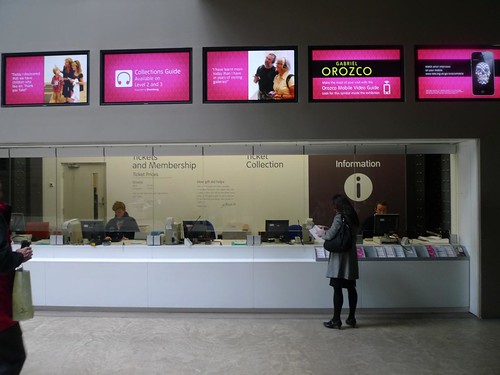
Changing video displays above the Information counter highlights key exhibitions during the period. Brochures, maps and guides are also readily available to assist visitors.

A view of the cavernous Turbine Hall.
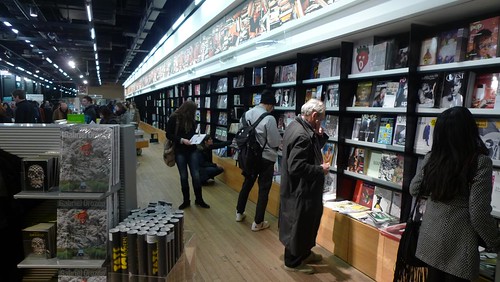
The extensive museum shop at level one of Tate Modern seemed to be doing a roaring business, attracting lots of shoppers with its line-up of gifts, books, toys, clothes, and all manner of museum merchandise.
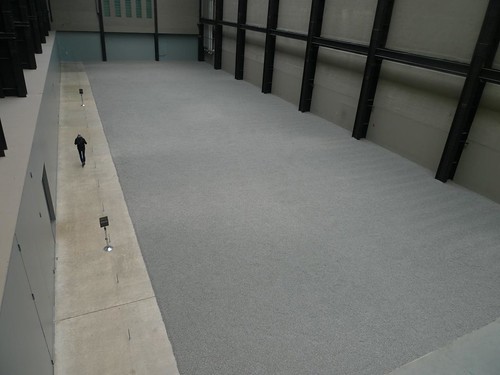
Huge art installations like this from leading Chinese artist Ai Wei Wei stirs the imagination in the gargantuan spaces. Want to know what that grey patch is?
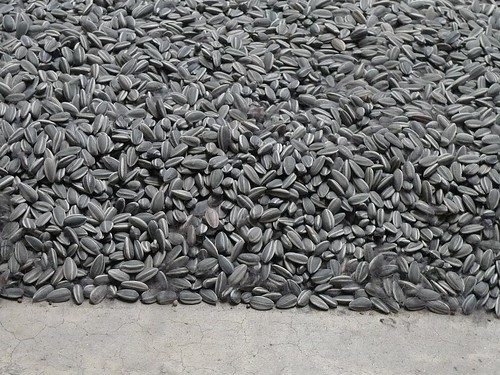
Well, on closer look, this work (sponsored by Unilever) is made up of 100 million (or so) porcelain hand-crafted Sunflower seeds!
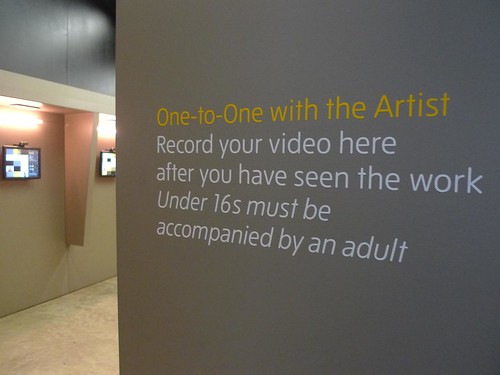
Apparently, you can record your responses via video after viewing the work…
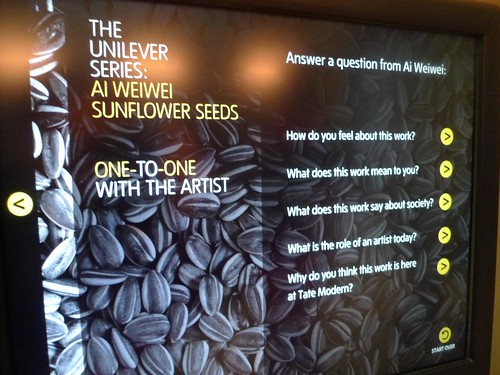
…or ‘interact’ with the artist by answering a question from him.
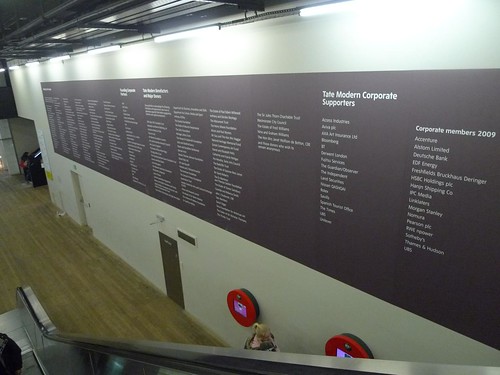
The roll of honour is an important way of acknowledging the many donors and sponsors contributing to the Gallery.
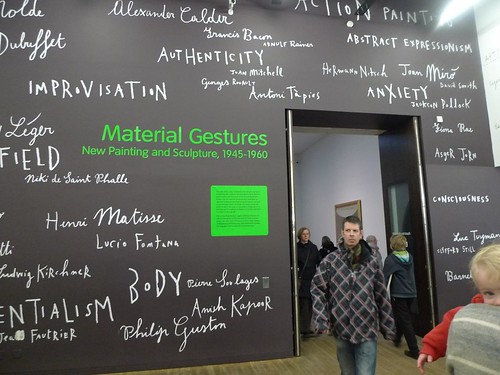
At the entrance to each gallery, a clear signage tells you the chronological order in which the history of art is depicted. These are supplemented by easily understood captions.
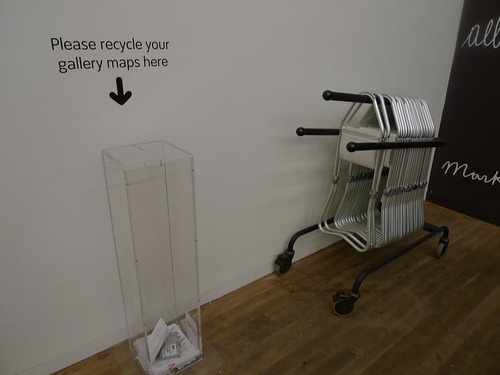
Going green is a nice touch here, and foldable stools are available for those who wish to rest or to sketch while walking through the galleries.
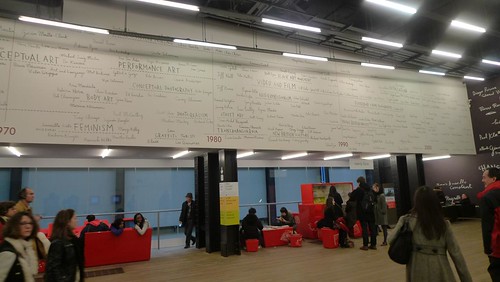
The timeline chart above is a popular reference point for anybody keen to follow the different “-isms” while tracing the history of modern and contemporary art.

The fire-engine red interactive zones provide a space for drawing, sketching of just resting amongst friends.
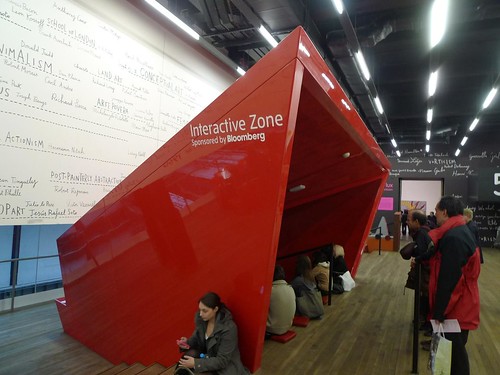
Some of them function as mini theatrettes for video shows (this one’s sponsored by Bloomberg).
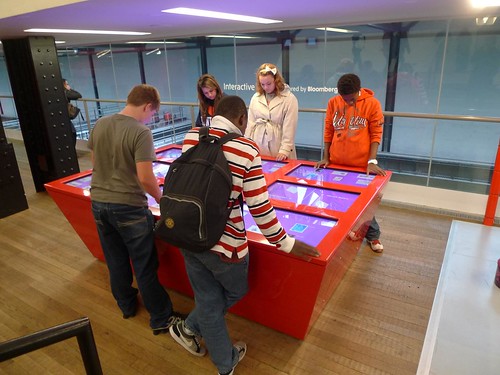
They also provide ‘gaming zones’ for young adults and youths…
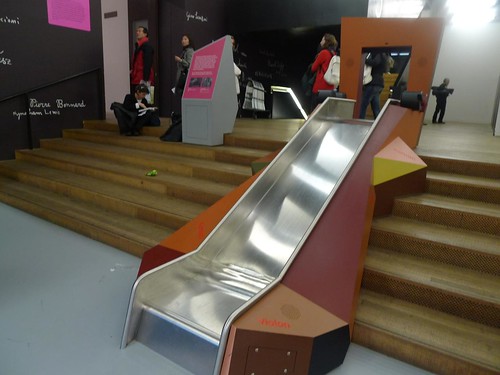
…while not neglecting the need for kids to slide down and play.
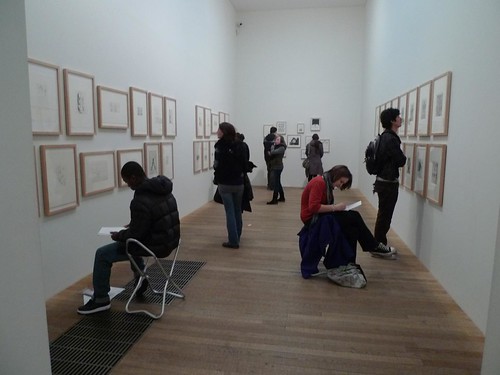
In the galleries themselves, its great to see people sketching the artworks on display, emulating the strokes of the masters…
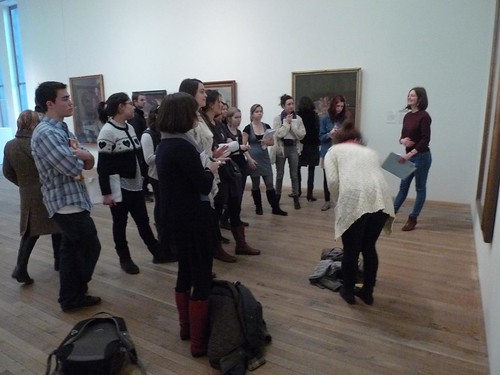
…or just huddling around to listen to a guided tour, complete with pens and notebooks.
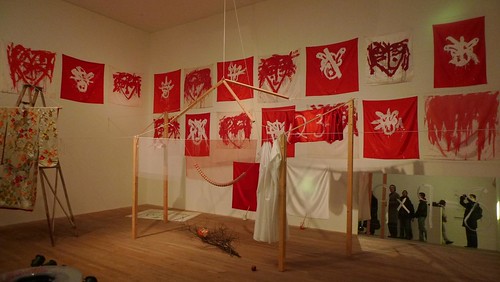
Installation artworks like these act as props for performance art that periodically helps to spice things up a little.
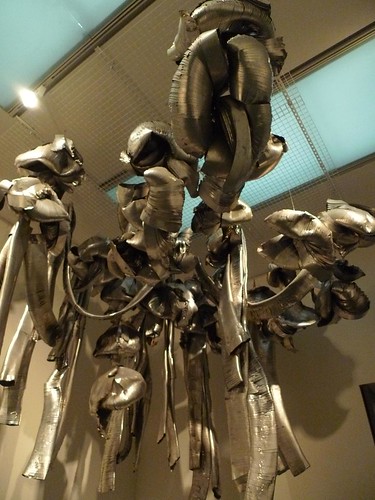
Artworks displayed at the galleries cover a wide range, from industrial looking installations like these…
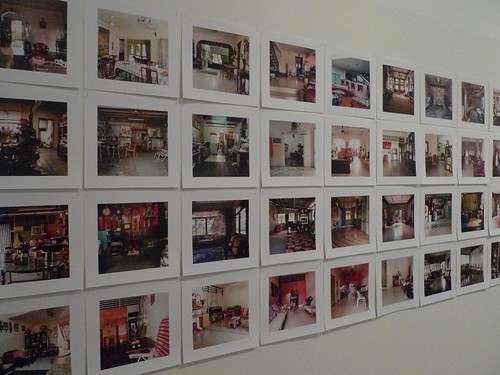
…photographic displays like these (incidentally these were from Singapore born artist Simryn Gill)…
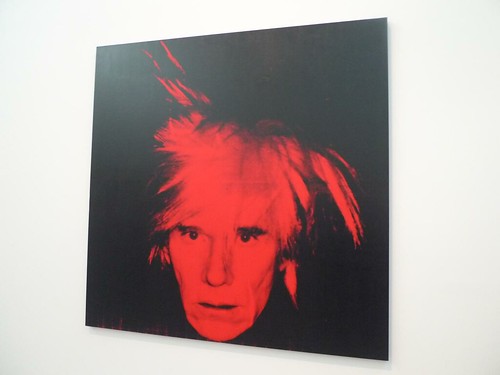
…to iconic pieces like this Pop Art work by Andy Warhol himself.
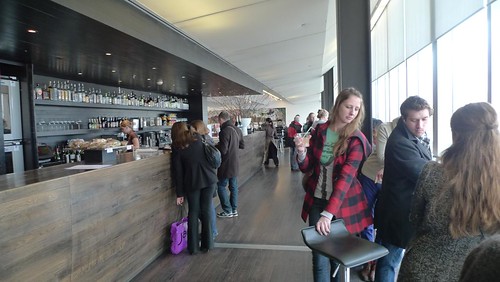
Over at the top level, a chic and happening restaurant cum bar seemed to be enjoying good business. What was its secret?
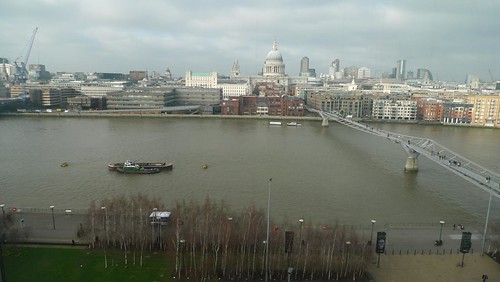
Other than the menu, I’m sure the pristine view of the River Thames and St Paul’s Cathedral across the bank helped.

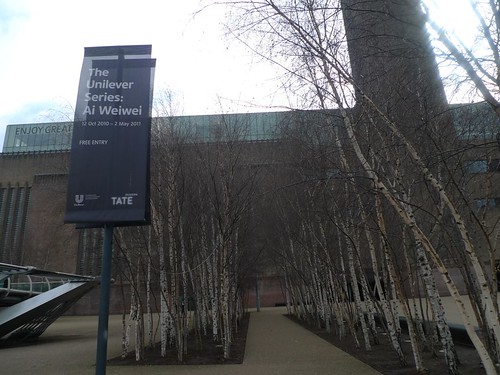
Thanks a lot for this insightful post.
The ideas abiout One-to-One with the Artist, and the culture of sketching the artworks on display appealed to me. I think I shall bring along my sktech book and sketch at the exhibition featuring Liu Kang’s works when it’s up in July.
I am fascinated to learn that Tate Modern has some great artworks, including that of Ai Wei Wei. I hope for a chance to visit UK so as to visit this very museum.
Thanks a lot again for sharing your learning points of this visit.